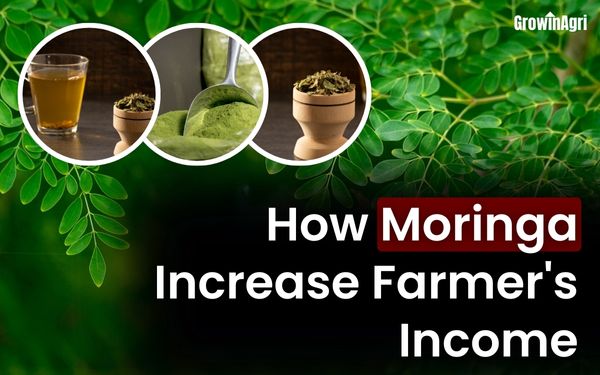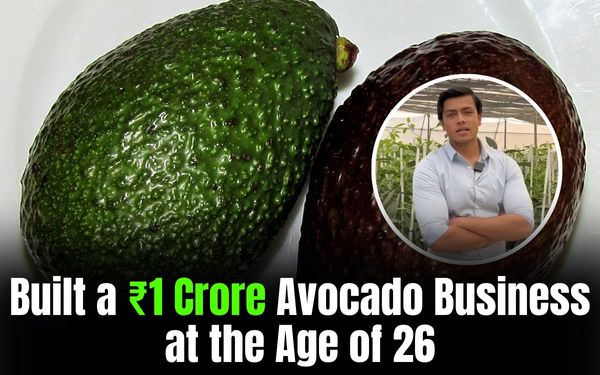From traditional methods of farming, usually practised in large green fields in rural areas, people have now introduced the concept of urban farming, where crops are grown not on land but instead in empty spaces like terraces, balconies, indoors, vertical setups, and community gardens.
The main motive of urban farming is to grow food where there is a high demand, as urban areas are heavily populated, and organic food usually becomes expensive due to transportation costs.
The need for urban farming
Urban farming is popular nowadays as people have become more health-conscious and lifestyle changes are happening. People now prefer spending time in nature, eating organic vegetables, and adding more trees and plants to urban cities to tackle pollution and humidity, which are major causes of climate change.
Less land for farming
As technologies have advanced in agriculture, people are using these technologies to grow food in very small spaces. Methods such as vertical farming, hydroponics, aquaponics, etc., are now being used, and in urban areas, people grow their own food in balconies, terraces, and vacant spaces in their societies.
Food security
When food is grown in front of them, people know how safe or harmful it is. The amount of chemicals used is minimized, and people prefer organic food. After COVID-19, people have understood the importance of a good immune system and have become more health-conscious.
Environment protection
Urban areas are heavily populated and have bad air quality and high temperatures. These problems are serious and have been widely discussed at climate conferences. Climate change is such a big issue that if we don’t take action now, we may not get another chance. This is the only chance we have.
Reduces transportation
Crops are grown within urban areas where the demand exists. Transportation costs are minimized, and fresh food is readily available in the market. This also helps in reducing the carbon footprint.
Less wastage or recycling of waste
Urban farming leads to less food waste compared to traditional farming. Natural farming also minimizes waste, but urban farming is even more efficient, as farmers are closer to consumers. Food spoilage is reduced, harvesting is done when needed, cold storage units are used, and kitchen waste is utilised.
Water-efficient systems
Modern methods like hydroponics, aquaponics, and aquaculture use 80% less water compared to traditional farming methods, as the water is reused within the system.
Better quality as grown in controlled environments
Since most food is grown in controlled environments, it is organic, and very little pest control is needed. These methods are highly in demand as people seek out organic food.
Different methods of urban farming
In urban farming, since there is no large agricultural land available, people mainly use vertical farming, hydroponics, aquaponics, and terrace farming. These methods have become effective due to advancements in technology.
Vertical farming
One of the challenges in urban farming is the availability of land. Vertical farming is an effective method where food is grown vertically, stacked in layers like shelves or on walls. Water supply is managed with gravity and motor pumps. If grown indoors, artificial lighting is used to replace sunlight.
Hydroponics
In this type of farming, plants grow in water instead of soil. They are grown in pipes, bottles, trays, etc. Water provides all the necessary nutrients for plant growth. Mainly leafy vegetables are grown in hydroponic setups. These are done indoors in controlled environments, so there are no problems with pests or wind. Although this setup is expensive, it is highly efficient.
Aquaponics
Aquaponics is somewhat similar to hydroponics but combines plant farming with fish farming. Water that passes from the plants is directed to the fishes, whose waste becomes nutrients for the plants. The nutrient-rich water is then recirculated to the plants, cleaning the water for the fish again.
This cycle creates a balanced ecosystem where both plants and fish thrive.
Terrace farming
In urban areas, terraces are often empty spaces. They are ideal for growing gardens of vegetables. Terrace gardens can also become community gardens, supporting mental health and creating peaceful environments.
Terraces can easily be converted into gardens by using large grow bags and containers.
Conclusion
In today’s world, it is good to see that people have become health-conscious and are taking steps to protect the environment. The younger generation is also starting to understand the importance of agriculture, and people are using available resources more effectively.
However, there is still a lot to achieve to heal our planet.
Urban farming is one positive step toward a better future. Although there is much more to achieve, we have already come a long way — from farming only on farmlands to advanced indoor farming like hydroponics and aquaponics.






